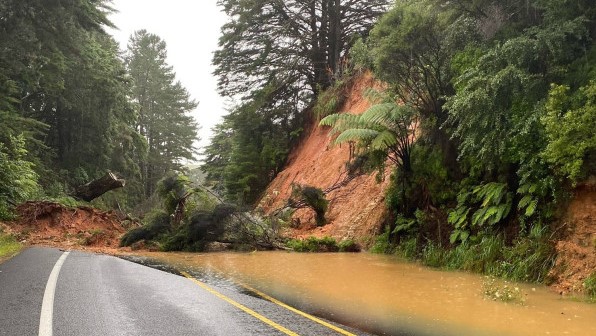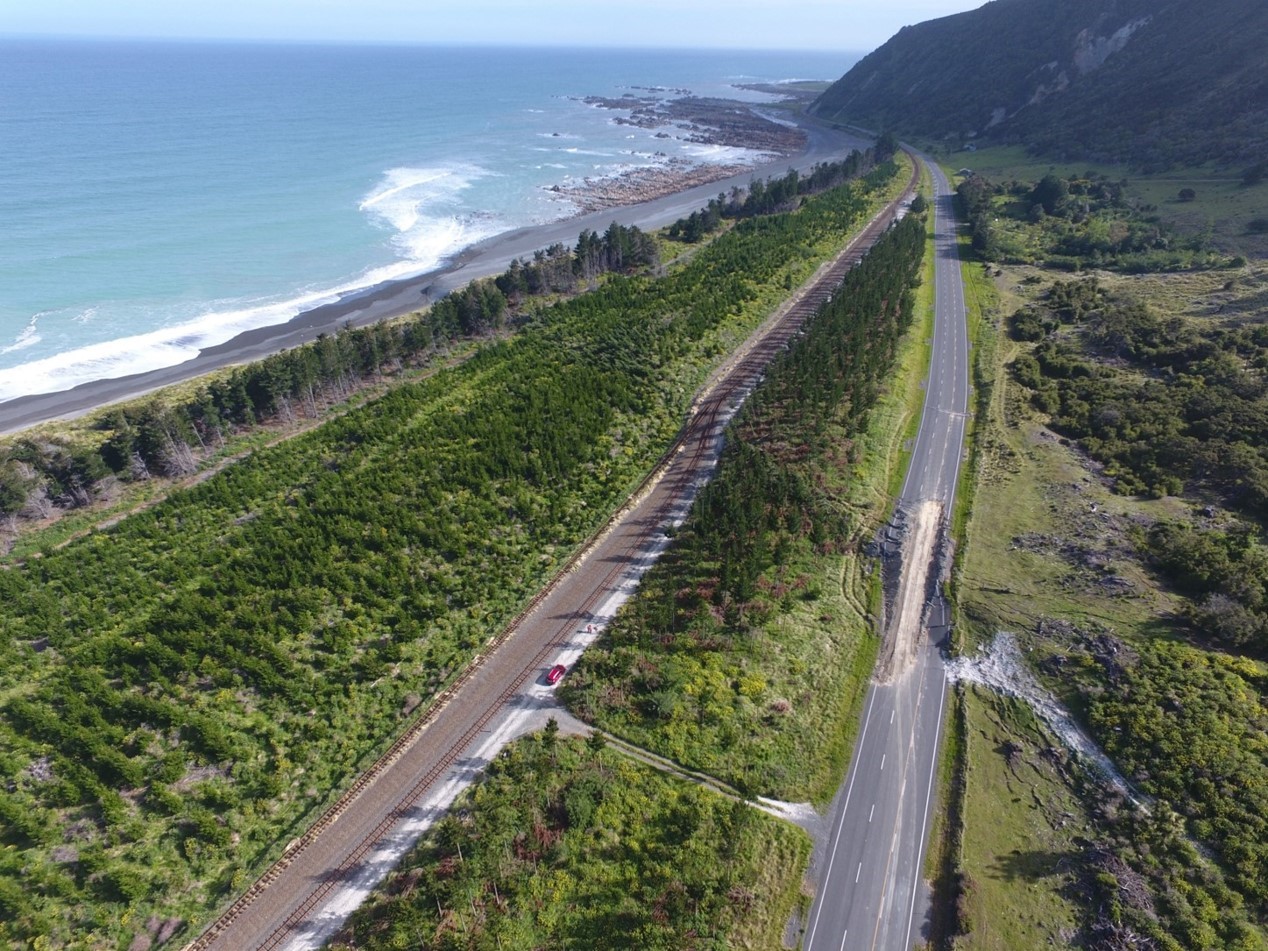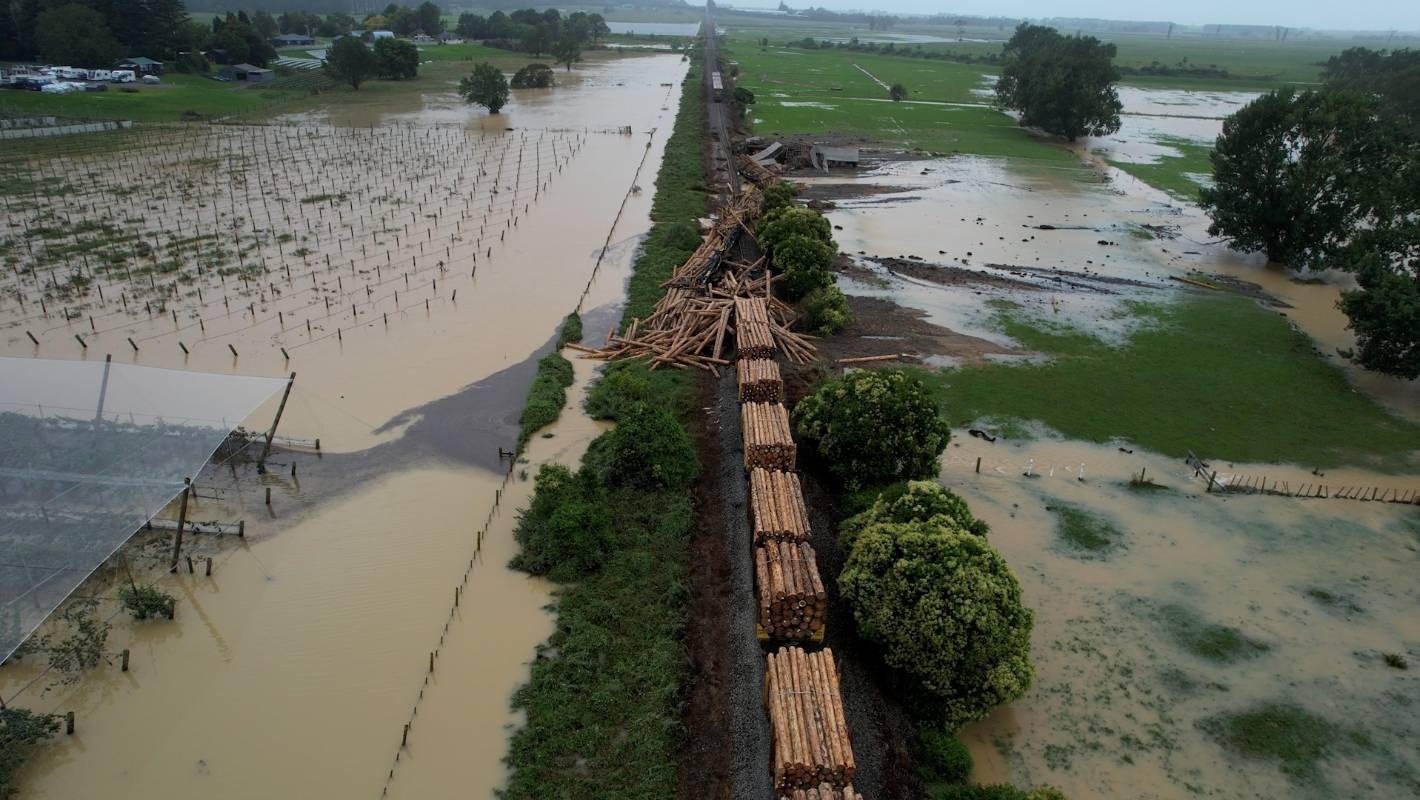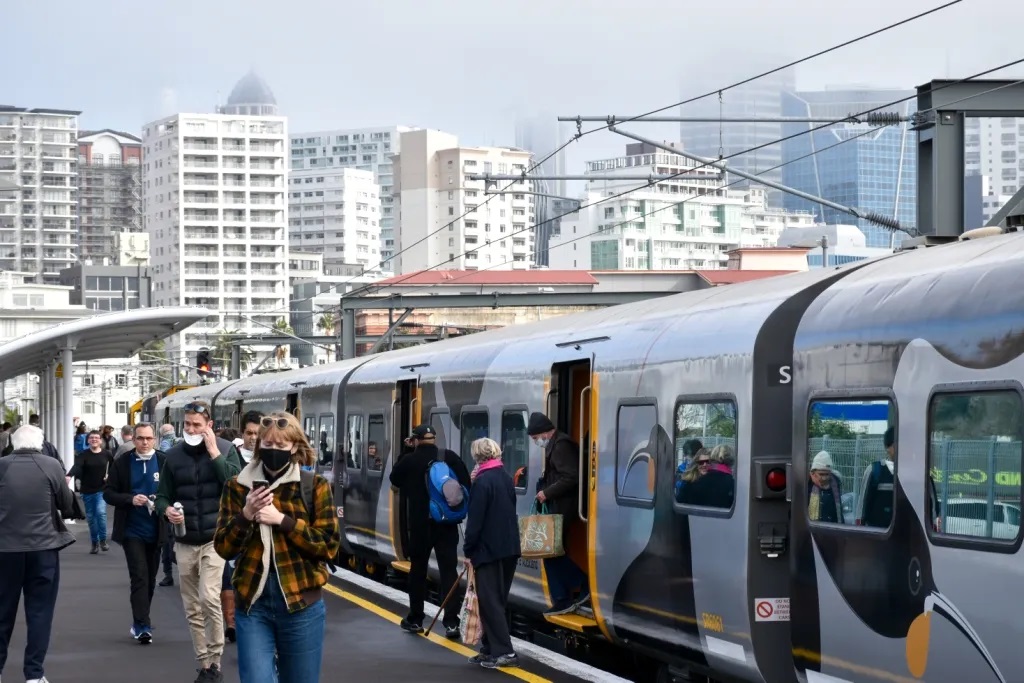Thinking more broadly around resilience
Thu, March 9, 2023 | Climate Change and Emissions ReductionArticle by Darren Davis - Technical Director for Public Transport
May you live in interesting times: this saying is offered up as both a challenge and a curse and each form rings true in Aotearoa New Zealand this year. We are facing multiple challenges – what some describe as a ‘polycrisis’ – from long-term challenges like providing affordable housing at scale in ways that ease the grip of car-dependence, to the urgent need to repair damage wrought across the motu by Auckland’s recent flooding and Cyclone Gabrielle.
Meanwhile, our transport networks have been put to the test. There have been two instances in as many weeks of interislander ferries losing power in Te Moana a Raukawa Cook Strait, and entire communities and regions are cut off because roads have been damaged by slips and flooding. All of a sudden, it’s startlingly clear how difficult it will be for Aotearoa to simply adapt to climate change, let alone effectively address it.

Slips and flooding closed SH1 near Puhoi in January 2023. Image source: Waka Kotahi
We risk responding to front-of-mind events like those of the last few weeks with a band-aid approach that prioritising shoring up vulnerable roading links. But just patching over road damage will not improve our transport resilience in the long term. Although our state highway network is certainly crucial for moving goods and people, especially to the most isolated parts of Aotearoa, reliance on single links without redundancy is an issue and a challenge.
Our vulnerability is partly the consequence of an almost exclusive focus on driving and flying ahead of other modes of transport. When both are disrupted, as happened this month, Aotearoa risks coming to a halt.
The value of rail to Aotearoa’s supply chain was highlighted when the 2016 Kaikōura earthquake closed SH1, the Inland Kaikōura Road, and the Main North Line railway. In order to shift trucks off alternative road connections, the restoration of the Main North Line was prioritised. Transporting more freight by rail meant that fragile local road connections were under less pressure from heavy vehicles and bought time to repair the damage to SH1.

Damage to SH1 and the Main North Line from the 2016 Kaikōura Earthquake. Image source: Geonet
Since the Anniversary Weekend flooding and Cyclone Gabrielle, road access to Te Tai Tokerau Northland has been hindered by a slip on SH1 on the south side of the Brynderwyns, and rail access by slips on the North Auckland Line. In the Eastern Bay of Plenty, logs cannot get to the Port of Tauranga due to flood-induced damage to the East Coast Main Trunk Line. In Auckland and Wellington, metro rail networks are similarly vulnerable. In Wellington a single-track railway line sits precariously against a cliff face between Pukerua Bay and Paekākāriki (while billions of dollars have been spent on providing a more resilient roading route north), and in Auckland a programme is underway to progressively rebuild its rail network from the ground up.
We need to invest in the resilience of our national rail network as well as the state highway and local roading networks. We have already spent a lot of money to bring the rail network closer to the quality of service we take for granted on the state highway network. But there are unresolved issues with the Upper North Island supply chain, where the interests of individual regions sometimes trump the interests of the Upper North Island and Aotearoa as a whole. The Upper North Island has 40% of Aotearoa’s population and all the nation’s major import and export ports. If this part of the system isn’t performing well, the whole country’s supply chain risks falling over.

Flooding caused a freight train carrying logs to derail near Te Puke in January 2023. image source: drone footage by Jamie Troughton on Stuff.
Rail has untapped potential in Aotearoa. The Port of Tauranga already moves more than 40% of its cargo by rail and wants to lift that; Ports of Auckland can and should do much better with rail freight but is held back by the capacity of the Auckland Metro rail network; and Northport is not yet connected to the national rail network, despite the designated and consented corridor and committed government funding. South of Dunedin, sections of rail that were un-double-tracked between Caversham and Mosgiel are now making it difficult to shift products from the Fonterra Mosgiel dairy factory to Port Chalmers[1].
Rail could play a big part in Aotearoa’s pathway to addressing climate change but is hampered by past ‘managed decline,’ current underinvestment and lack of strategic planning.
As recently as 2001, a single generation ago, passenger rail still connected many cities in both the North and South Islands. Today, if you want to travel between regions by train, there are only a handful of high-end tourism-oriented rail ‘experiences’ that price most kiwis out. The lonely exception is Te Huia, which was launched in 2021 to connect Auckland and Hamilton. But Te Huia’s 5-year trial has been disadvantaged by slow travel times caused by past underinvestment and lack of capacity on the Auckland Metro rail network.

Passengers disembark from Te Huia at the Strand in Auckland.
Choice is key: resilience will come from investment in multiple modes. Yes, strengthen key state highway links (in a cost-effective way that doesn’t induce more driving), and provide other routes that give people the option to travel without a car, and create ways to move freight without trucks.
To leverage the potential of rail to move more people and goods we will need to address supply chain choke points in Auckland, Wellington, Dunedin, Waikato, and the Bay of Plenty. Dealing with these vulnerabilities help rail become the backbone of a more sustainable freight transport network and create a pathway for re-introducing public transport-oriented long-distance trains.
Resilience is about more than just the key state highway links. A resilient land transport system for Aotearoa is one that provides genuine sustainable choices for moving the goods that support thriving communities, and for connecting people and places.
Connect with Darren on LinkedIn.
[1] Submission on inquiry into the future of inter-regional passenger rail in New Zealand, Dunedin City Council agenda, 27 September 2022, page 66